World Fine Art Professionals and their Key-Pieces, 71 - Glendon Nickerson
World Fine Art Professionals and their Key-Pieces, 71 – Glendon Nickerson
I became acquainted with the work of Glendon Nickerson during an Art Talk in MLB Galerie in Amsterdam. Glendon gave a two part presentation at the exhibition ‘The Social Fabric’. During which we walked around the gallery to have a precise look at his work.
Glendon work is both abstract and figurative, at the MLB Galerie abstract predominated. The abstract is primarily forms of line art and doodle art. His line art consist of compositions of lines, in adjacent and adjoining rows, straight or curved, that become a theme or shape. He calls this Stripeline Art. He coined the term Stripeline in 2007 when he started his site.
In the beginning he developed various pattern formations with no preconceived ideas: the stripeline work arose naturally from the unconsciousness, intuition, memory or imagination. As he continued, he combined stripeline patterns as well as introducing other patterns, including figurative designs. Sometimes he plans it out and sometimes he begins with no idea as to how the composition will evolve. Often it is a bit of both.
Simplicity
Glendon’s focus on simplicity developed as he was thinking about how to capture the most basic form of an object. From this the stripeline naturally originated as an experiment in painting. The first images that arose were often strong in coloration and light and sometimes representative of an object.
In Glendon’s Stripeline and Line Art drawings we see nature, animals, people and man-made symbols and objects such as streets, cars, buildings and canals.“The term Stripeline is used as the stripes or lines are painted in rows, parallel lines next to each other. The straight and curved stripelines form a pattern. It can be handled in different ways. One basic principle of the stripeline technique is to start painting stripes and lines on a canvas and then, when you work on it, there appears a theme or forms.”
Often these forms seems to have something to do with the unconscious, intuition, memory or imagination. Glendon: “Before I started the abstract work, I asked myself the question: How can I capture a picture in its purest, most basic form?” (see Hummingbird, Swimmers, Traffic, images 1, 2, 3)
We often make life hopelessly complicated by following ancient traditions and patterns, while in the meantime there is a modern world evolving in many old traditions and patterns in thought, belief or design no longer fit, says Glendon. “Sometimes people aren’t able anymore to communicate with each other and accept each other. In the course of time truths or traditions turn out not to be so hard and final. At the same time, there appear to be more truths than ever.”
Glendon says that his stripeline art is producing new and innovative patterns and designs, yet it is also a revival and renewal of ancient art methods, such as Aboriginal, American Indian and many other traditions that use line art (see website gallery and Facebook gallery).
Stripeline versus Line Art
The stripeline is a form of Line Art. In line art, the lines don’t have to run parallel (see Facebook Gallery) and often have dots or other irregular patterns. Glendon’s stripeline techniques combine the distinction between adjacent stripeline (parallel apart) and adjoining stripeline (parallel connecting) . Glendon: “The basic building blocks of life are like this, DNA for example, patterns that we see in trees, snow flakes, rock formations, ocean waves, movement of the planets, and so on.” This is where the basic forms of simplicity are represented in stripeline techniques.
Sometimes he combines adjacent and adjoining stripelines in a composition, as in ‘Yellow Line’ (4) and ‘Synchronicity’(5) . And sometimes it is one or the other. For example is ‘Swimmers’ (2), Hummingbird (1) and Traffic (3) are examples of objects in their more pure adjoining stripeline form. Pure because there is no or little other pattern combined other than the adjoining stripeline technique.
To come back to the truth: sometimes that truth moves between what he originally intended and what he added or changed. “Sometimes it is also what I see myself in a form or a composition. Sometimes people see something other than what I see. At that moment the unconscious takes control and the stripelines become forms with a life of their own, apart from plans or intentions.” An example of the latter is ‘Swimmers’ and ‘The Listening’ (see website page one).
Depth perspective
In ‘Traffic’ he changed the white stripes to make them look like a street, and he added a few circles for the traffic light. “I began the original image with no preconceived idea. As I looked at the original set of lines and patterns, I saw what could be cars in streets from the roof of a skyscraper. I adapted it a little to clarify the picture for what it seemed to represent.”
Making things clearer, reducing them to a simple form, that is a central theme. “There is much still unknown about who we are, how we got here, how our social and political lives have evolved over thousands and millions of years. Therefore, it is good to stand still with the most simple. Because that often tells the truth. From there you can study for example the latest DNA patterns from archaeological excavations which tell us about human migration and evolution. Or the incredible new discoveries of our solar system and the universe which allows us insight based on simple patterns in observation. So often it has to do with the observation of adjacent or adjoining line patterns.”
Stripeline is an easy and effective way to bring depth perspective into the work by identifying patterns, color and gradation (see ‘INTO’ (6) and ‘Hummingbird’(1). With the three-dimensional approach of Stripeline Art you get a grip on the wave motion of the planets, comets, stars, solar systems and galaxies, he says. “Some of the first examples of adjacent Stripeline Art I experienced as a wave, as the earth revolves around the sun, in waving lines, through dark space.” See also ‘Yellow Line’ (4). The patterns are organic and show the gradation of natural elements such as light and dark matter and how gravity also effects this motion.
The Social Fabric
After he spent time with stripeline work he wondered how he could make the strongest light/color combinations. “I was surprised at the strength of the light and color effects in the earlier pieces. They provided a depth perspective without extra additives. So I continued my search for new ways combine stripes and lines. I wanted something new, to expand, while at the same time enhance the experience of color.” Thus the ‘social fabric’ technique came about.
‘The Social Fabric’ (7) was also the theme of his exhibition at the MLB galerie. “Strong images come forth from this and it shows how colors complement and, set against each other, make each other stronger if there is a similar but opposite gradation from light to dark in narrow, more dotted lines. Each paint stroke is between a dot and a line. There is a lot of light and dark color energy in this technique.”
He also developed ‘the weaving technique’ which also strengthens the intensity of light and color. “The gradation has a natural 3D effect and can be applied in many ways, as can be seen, on ‘The Weaving’ (8). A lot can be studied and found.”
Complex and simple at the same time
If there are stripelines which are surrounded by other forms, the effects of the stripelines often come out stronger. For example in ‘Blocking Light’ (9) and the ‘Urban Formation’ series. You only see one or two stripeline color gradations that provides the balance and strength of the entire composition.”
He also developed ‘the wave technique’. It can be seen in front of Glendon’s website, ‘Catch a Wavelength’ and ‘Yellow Line’ (4) and further ‘Scraper’ (website) and ‘Synchronicity’ (5). Another example is ‘Sunrise at Seacoast Village’ (10), with the water effect.
“If you combine the adjacent stripeline technique and the weaving techniques you get interesting combinations. See for example ‘The Weaving 2’.”
His work is becoming increasingly complex, though basic simplistic techniques remain. “It reminds me of the sciences that tells us more about the universe, evolution and migration. For example, our solar system moves at a speed of 800,000 kilometers per hour through the galaxy and we don’t notice a thing. This is sort of true how the subconscious mind works while painting. We don’t always notice what is happening though the hand and mind is in motion. Gravity effects people in ways we are not conscious of.” Glendon also believes that gravity plays a strong role in our dreams.
Figurative work and the Skidoodle series
About three years ago Glendon started with pencil sketches of Amsterdam houses and facades and then turned his attention to painting flowers and gardens. “My figurative work allowed a break from the line art techniques. When I went back to abstract I began a new series. It is in my abstract work that I am making the most discoveries. I still have to encounter another painter who went into as much innovation with combinations of stripe and line techniques. There are many other painters who have been doing something similar, but probably not on the basis of the techniques that I have developed.”
After a trip to Venice and two years of figurative work, he began a new series: the Skidoodle series. A doodle is a drawing you make when you’re bored, for example in a meeting (See ‘Esoterica’). It started very simply, but more came and there was development in it. There appeared to be an unexpected depth effect, as in ‘Resemblance’, where the blue square disappears back and red lines come forward. He started the series with felt pen and acrylic on paper and cardboard. The optical effects can be seen by most people.
Background
Glendon Nickerson grew up in upstate New York in the 70s. He studied communication science at Boston University and also art at various art academies, including the Massachusetts College of Art, Boston University School of Fine Arts and the deCordova Institute. He was a year in Africa, Kenya among others, and was impressed there by the beautiful multicolored clothing especially of the women. It reminded him of the colors of New England in the fall, the bright red, orange and yellow in the trees. Glendon: “The colors are like an orchestra.”
Sport
Glendon’s family had a second home in the hills of Vermont. There they were all weekends, and during the winter holidays. Glen did acrobatic skiing. In the 70s and 80s he was part of the Freestyle ski team and was practicing aerial, ballet and mogul skiing. He was also a member of a race ski team. He taught skiing at Mount Snow, Vermont and in Val Frejus, France. “The way I moved on the ski slope in Freestyle skiing also influences how I create line art. It is about freedom of movement.”
New York City and especially Amsterdam, where he lives since 1991, have a major influence on his work. The urban environment with its squares, parks and canals, but also architecture inspires him to create ever new forms. These are patterns that reflect the life and experiences in the big city.
As a philosophical conclusion Glendon says: “We have developed many forms of communication over the centuries. Painting is possibly the oldest. There is much more to explore of the world, the Universe and also in Stripeline Art.
Images: 1) Hummingbird, 2) Swimmers 3) Traffic, 4) Yellow Line, 5) Synchronicity, 6) INTO, 7) The Social Fabric 8) The Weaving, 9) Blocking Light, 10 Sunrise at the Seacoast Village
http://www.nickersongallery.com/
Facebookgallery http://on.fb.me/1PwasKF
http://ifthenisnow.eu/nl/verhalen/de-wereld-van-de-amsterdamse-kunstenaar-10-glendon-nickerson
Disclaimer: The views, opinions and positions expressed within this guest article are those of the author Walter van Teeffelen alone and do not represent those of the Marbella Marbella website. The accuracy, completeness and validity of any statements made within this article are not guaranteed. We accept no liability for any errors, omissions or representations. The copyright of this content belongs to Walter van Teeffelen and any liability with regards to infringement of intellectual property rights remains with the author.

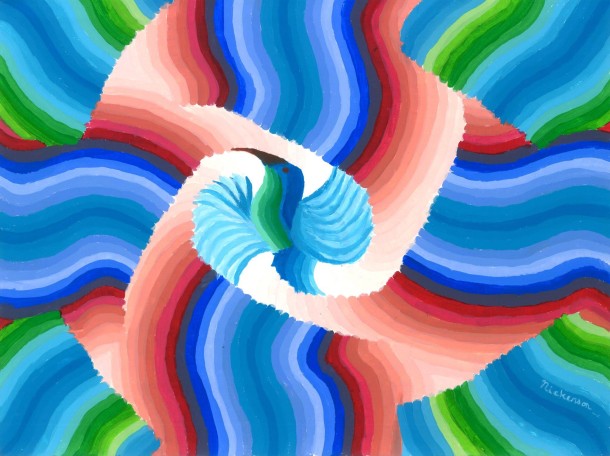
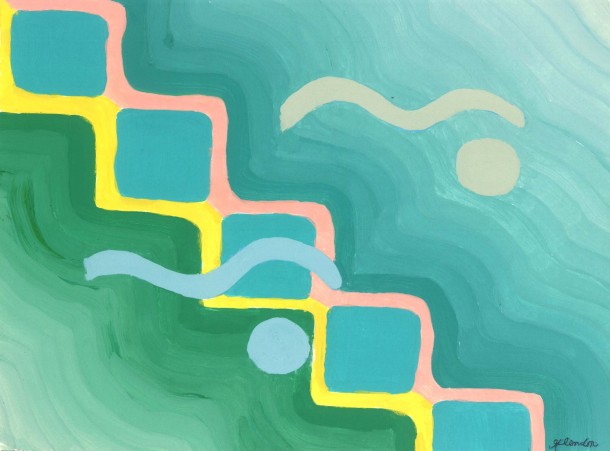
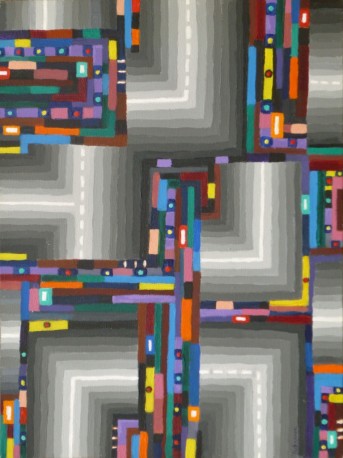
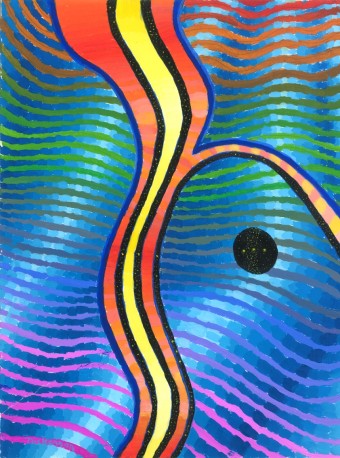
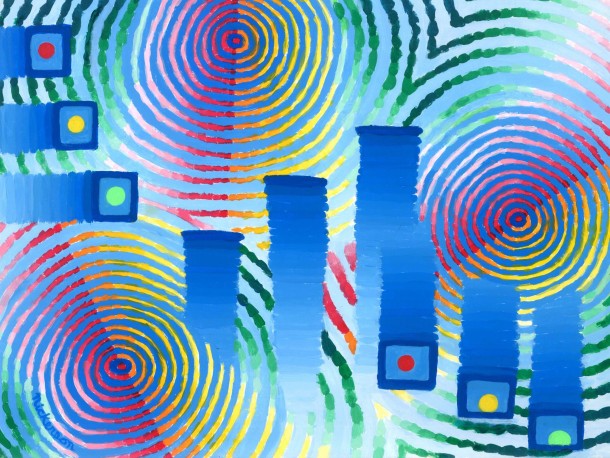
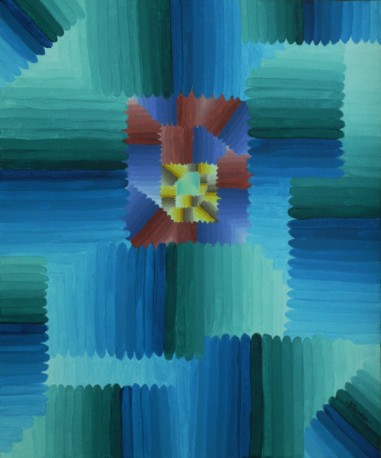
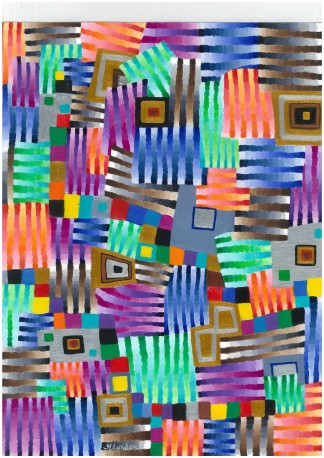
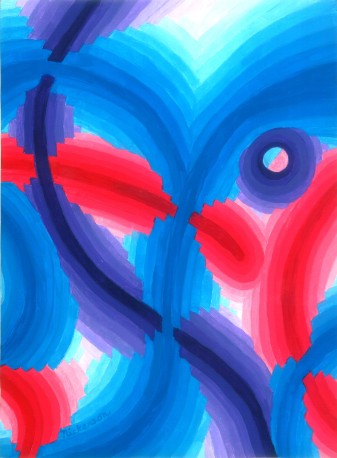
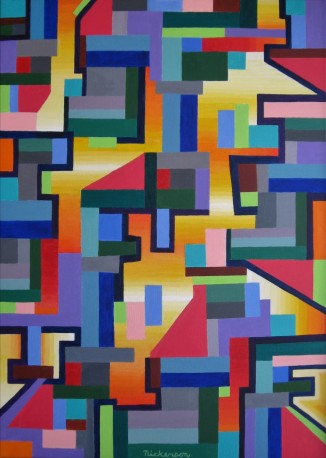
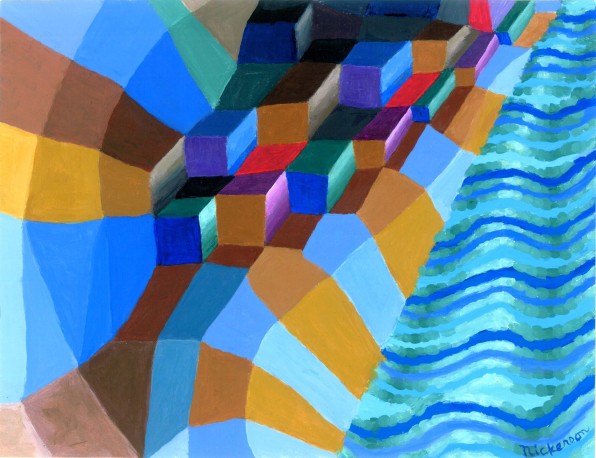














The opinions expressed by individual commentators and contributors do not necessarily constitute this website's position on the particular topic.